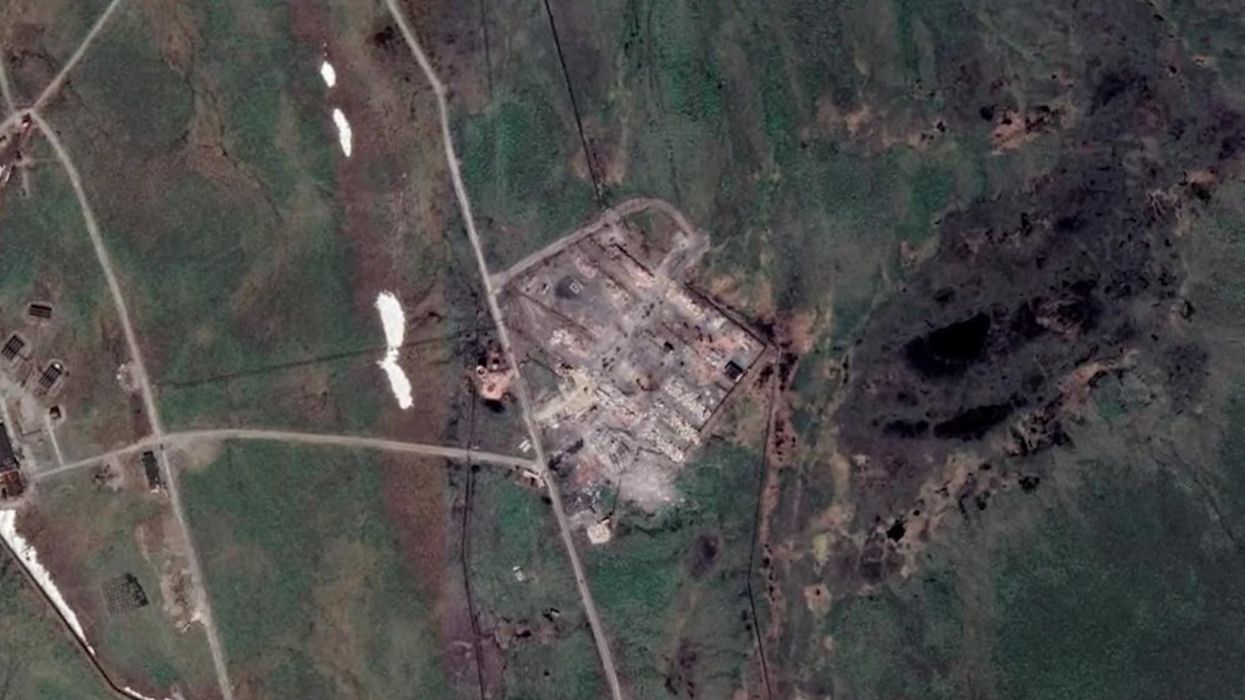Sinead Butler
Mar 16, 2022
Google Maps users discover former labour camp deep inside Russia
IndyTV
Google Maps is a handy tool to get directions, traffic reports, just generally have a nosey at different houses (even our own) but observant users couldn't but notice something random on the street view setting...
It seems that dogs' faces that appear on street views have been blurred out by Google Maps - with their reason behind the move being to "protect their privacy."
Though this doesn't necessarily mean someone goes out their way to purposefully blur the pooch's faces, as a Google statement on their website reads: "When we create Street View content from 360 video recordings submitted by users, we apply our algorithms to automatically blur faces and license plates.”
Of course, where else would this discovery take place than on Reddit where people have been sharing their amusement at this discovery.
Sign up to our free Indy100 weekly newsletter
"I was today years old when I learned Google Maps blurs out the faces of dogs. I’m happy they support dog privacy," one person wrote along with a screenshot from Google Maps showing a dog with its face blurred out.
"The joke is on them - dogs recognise each other from their butts," another person said.
Someone else joked: "Pooch protection program."
"It's an AI algorithm.. anything that looks like a face gets blurred," a fourth person explained. "Sometimes a non-face will be blurred, sometimes a real face won't be. But on the whole, most faces are blurred."
Google Maps reaches over one billion people across the globe each month helping users "get from point A to point B," with cars driving around everywhere to capture images for the Street View feature.
There's even a page where Google reveals which places will be getting an update soon - in the "Where we're headed" section on the website - though no specific dates, perhaps to avoid people planning stunts if they knew exactly when and where the car was passing through.
Satellite images are slightly trickier to update so a refreshed once every one to three years.
"We aim to update satellite imagery of the places that are changing the most,” Google’s Geo Data Strategist, Matt Manolides said.
"For instance, because big cities are always evolving, we try to update our satellite images every year. For medium-sized cities, we try to update images every two years, and it goes up to every three years for smaller cities.
"Overall our goal is to keep densely populated places refreshed on a regular basis and to keep up with a changing world, so we will refresh areas more frequently when we think there’s lots of building or road construction going on."
Have your say in our news democracy. Click the upvote icon at the top of the page to help raise this article through the indy100 rankings.
Top 100
The Conversation (0)














